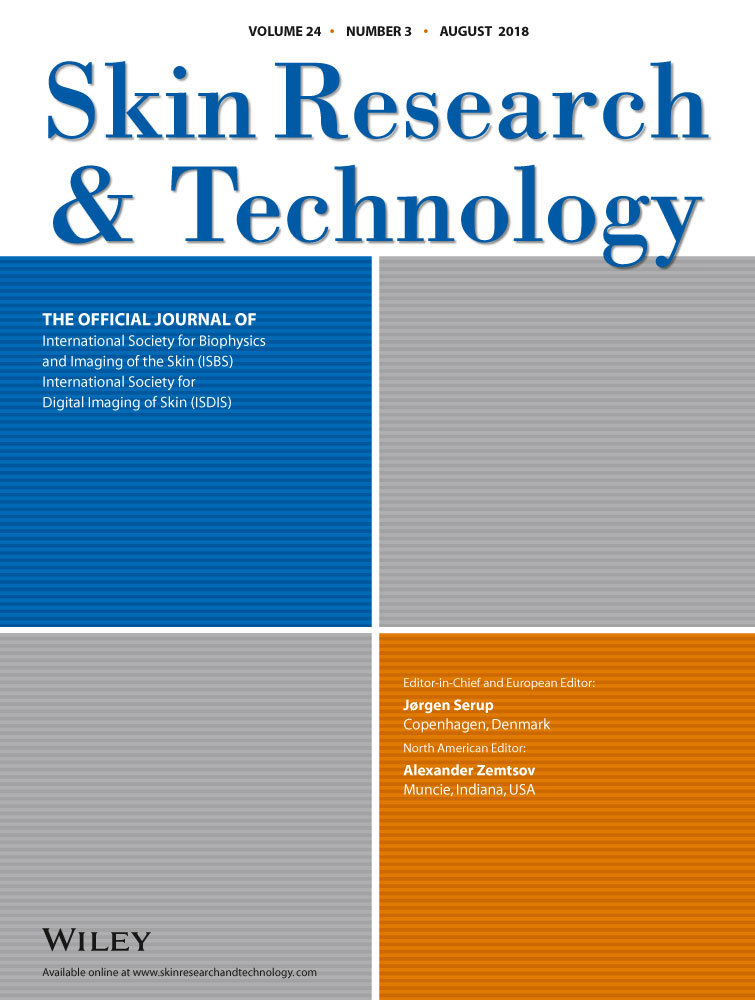The revised EEMCO guidance for the in vivo measurement of water in the skin
Abstract
Background
Noninvasive quantification of stratum corneum water content is widely used in skin research and topical product development.
Methods
The original EEMCO guidelines on measurements of skin hydration by electrical methods and transepidermal water loss (TEWL) by evaporimeter published in 1997 and 2001 have been revisited and updated with the incorporation of recently available technologies.
Results
Electrical methods and open-chamber evaporimeters for measurement of TEWL are still the preferred techniques to measure the water balance in the stratum corneum. The background technology and biophysics of these instruments remain relevant and valid. However, new methods that can image surface hydration and measure depth profiles of dermal water content now available. Open-chamber measurement of TEWL has been supplemented with semiopen and closed chamber probes, which are more robust to environmental influence and therefore convenient to use and more applicable to field studies. However, closed chamber methods interfere with the evaporation of water, and the methods cannot be used for continuous monitoring. Validation of methods with respect to intra- and inter-instrument variation remains challenging. No validation standard or test phantom is available.
Results and Conclusions
The established methods for measurement of epidermal water content and TEWL have been supplemented with important new technologies including methods that allow imaging of epidermal water distribution and water depth profiles. A much more complete and sophisticated characterization of the various aspects of the dermal water barrier has been accomplished by means of today's noninvasive techniques; however, instrument standardization and validation remain a challenge.




